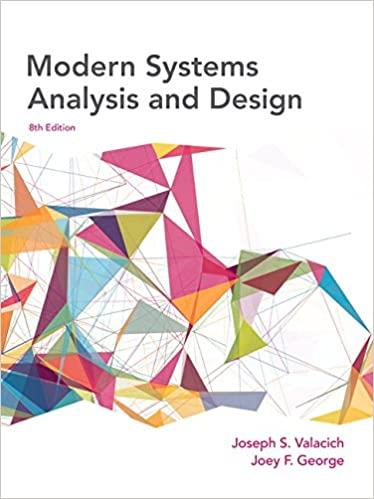Answered step by step
Verified Expert Solution
Question
1 Approved Answer
Problems 1. Myrtle has $200 per month to spend on Transit (X) and all other goods (Y). She currently buys a bus pass for $50
 Problems 1. Myrtle has $200 per month to spend on Transit (X) and all other goods (Y). She currently buys a bus pass for $50 and rides 40 times per monthlf she didn't buy the pass, bus rides would cost $2 /ride. Myrtle is offered to join a Transit program that would allow her to pay a membership fee and then could ride the bus for $1 per trip. The most Myrtle would pay for the membership is $20. and then she would ride 15 times a month. If she were given the membership for free, she would ride the bus 18 times per month. Myrtle also reveals that she would be indierent between a free membership (and $1 per ride) versus simply having the traditional bus pass reduced to $25 per month (at rate), where she would again choose to ride the bus 40 times a month. (a) Using all the information provided, draw all the relevant budget constraints and indifference curves. Be sure to label all equilibrium points and have a legend that explains each point (in one or two sentences). (b) Calculate her CV (compensating variation) (c) Calculate her EV (equivalent variation)
Problems 1. Myrtle has $200 per month to spend on Transit (X) and all other goods (Y). She currently buys a bus pass for $50 and rides 40 times per monthlf she didn't buy the pass, bus rides would cost $2 /ride. Myrtle is offered to join a Transit program that would allow her to pay a membership fee and then could ride the bus for $1 per trip. The most Myrtle would pay for the membership is $20. and then she would ride 15 times a month. If she were given the membership for free, she would ride the bus 18 times per month. Myrtle also reveals that she would be indierent between a free membership (and $1 per ride) versus simply having the traditional bus pass reduced to $25 per month (at rate), where she would again choose to ride the bus 40 times a month. (a) Using all the information provided, draw all the relevant budget constraints and indifference curves. Be sure to label all equilibrium points and have a legend that explains each point (in one or two sentences). (b) Calculate her CV (compensating variation) (c) Calculate her EV (equivalent variation)

Step by Step Solution
There are 3 Steps involved in it
Step: 1

Get Instant Access with AI-Powered Solutions
See step-by-step solutions with expert insights and AI powered tools for academic success
Step: 2

Step: 3

Ace Your Homework with AI
Get the answers you need in no time with our AI-driven, step-by-step assistance
Get Started


